Bali, an exotic paradise renowned for its stunning landscapes, rich culture, and vibrant marine life, is a dream destination for divers worldwide. The island is surrounded by abundant coral reefs, exotic aquatic creatures, and a variety of diving opportunities ranging from serene shallow waters to exhilarating deep dives. If you’re looking to explore the underwater beauty of Indonesia, Bali Diving awaits you with adventures aplenty.
1. Overview of Bali Diving Opportunities
1.1 Popular Dive Destinations
Bali boasts a range of dive sites suitable for divers of all levels. Key locations include:
- Tulamben: Home to the famous USAT Liberty Shipwreck, this site offers divers the chance to explore a wreck teeming with marine life.
- Nusa Penida: Known for its strong currents and diverse marine species, including Manta Rays and Mola Molas, Nusa Penida is ideal for the more experienced diver.
- Amed: A peaceful area with vibrant coral gardens and macro critters, it’s perfect for those who prefer a relaxed diving experience.
- Padang Bai: This area is famous for its diverse dive sites, including the Blue Lagoon and the Secret Garden, known for colorful reefs and rich sea life.
1.2 Unique Marine Life to Encounter
Diving in Bali offers a unique opportunity to encounter a variety of marine life. This includes:
- Manta Rays: Encounter these gentle giants at Manta Point, especially during the dry season from May to November.
- Mola Mola: Also known as Sunfish, these unique creatures can be seen at depths of more than 30 meters, predominantly between August and November.
- Colorful Fish Species: From clownfish to barracudas, the vibrant reefs of Bali are home to a myriad of fish species.
- Macro Life: For underwater photographers, areas like Amed and Tulamben provide an excellent chance to spot rare critters like nudibranchs and seahorses.
1.3 Seasonal Diving Considerations
Bali’s climate greatly influences diving conditions. The dry season, from April to October, is considered the best time for diving due to clearer waters and better visibility. Here’s what to consider:
- Best Diving Season: The peak season for diving is from May to November when visibility can be up to 30 meters.
- Weather Patterns: The monsoon season from November to March may bring rough seas and lower visibility, affecting dive conditions.
- Wildlife Sightings: Keep in mind that some marine life, like Mola Mola, has specific seasons when they are more likely to be seen.
2. Planning Your Bali Diving Trip
2.1 Choosing the Right Dive Package
When planning your diving adventure in Bali, it’s crucial to choose a dive package that meets your needs. Consider the following:
- Certification Level: Ensure the package matches your diving certification level (beginner, intermediate, or advanced).
- Number of Dives: Packages can range from single dives to several days of diving; choose one that offers the experience you desire.
- Inclusions: Check what is included in the package—gear rentals, accommodations, meals, and guided tours can vary significantly from one provider to another.
2.2 Essential Gear for Bali Diving
While many dive shops offer rentals, investing in your own gear can enhance your diving experience. Essential gear includes:
- Wetsuit: Depending on the season, a 3mm or 5mm wetsuit may be necessary for thermal protection.
- Mask and Snorkel: A well-fitting mask enhances visibility and comfort while diving.
- Fins: Choose fins that are comfortable and suitable for the dive conditions.
- Regulator and BCD: These are essential for breathing underwater and managing buoyancy, respectively.
2.3 Best Time to Visit for Optimal Diving
To make the most of your diving experience in Bali, planning the timing of your trip is vital:
- Dry Season: The best time for diving is from May to November, known for excellent visibility and calm seas.
- Wildlife Season: Specific species like Mola Mola and Manta Rays are best spotted during particular months; check local guides for the best times to see these marine creatures.
3. Safety Tips for Bali Diving
3.1 Understanding Dive Certification Levels
Before diving in Bali, it’s crucial to understand certification levels:
- Open Water Diver: Allows diving to a maximum depth of 18 meters.
- Advanced Open Water Diver: Provides training for deeper dives up to 30 meters and specialty dives.
- Rescue Diver: Focuses on safety and management of dive emergencies.
3.2 Local Diving Regulations to Follow
Familiarizing yourself with local regulations ensures a safe diving experience:
- Environmental Protection: Avoid touching or disturbing marine life and coral reefs to promote conservation efforts.
- Diving with a Guide: It’s often recommended to dive with a certified local guide who knows the area best.
3.3 Emergency Procedures and First Aid
Being prepared for emergencies is paramount:
- Know Where the Nearest Chamber is: Familiarize yourself with the locations of hyperbaric chambers in case of a diving accident.
- First Aid Kit: Ensure your diving group has access to a first aid kit equipped for aquatic emergencies.
- Stay Calm: In case of an emergency, remaining calm can make a significant difference in managing the situation effectively.
4. Advanced Diving Techniques in Bali
4.1 Night Diving Adventures
For seasoned divers, night diving presents a unique thrill. Night dives reveal different marine behaviors, such as predator-prey interactions that are not visible during the day:
- Special Equipment: Proper lighting gear and a reliable dive light are essential.
- Nature Changes: Experience the different sounds and behaviors of marine life as the ocean transitions into night.
4.2 Wreck Diving Experiences
Wreck diving is a highlight for many divers in Bali. Exploring historical wrecks like the USAT Liberty in Tulamben offers a glimpse into maritime history:
- Wreck Safety: Ensure you are familiar with safety protocols specific to wreck diving.
- Marine Life: Wrecks often become artificial reefs, attracting diverse species, enhancing the underwater scenery.
4.3 Photography Tips for Underwater Diving
Capturing underwater memories enhances the diving experience. Here are photography tips to consider:
- Proper Equipment: Invest in a waterproof camera with the right settings to capture quality images in varying light conditions.
- Underwater Composition: Keep the background clear and focus on your subject while considering natural light to avoid overly dark images.
- Post-Processing: Edit your photos using software to adjust colors, contrast, and clarity for the best outcomes.
5. Beyond Diving: Other Activities in Bali
5.1 Snorkeling and Water Sports
For those who prefer to stay shallower or are not certified divers, Bali offers exciting snorkeling opportunities:
- Snorkeling Trips: Many operators offer guided snorkeling trips to popular reefs around the island.
- Water Sports: Activities like paddleboarding and surfing are widely available, ensuring fun on the water for everyone.
5.2 Cultural Excursions for Divers
Combine your diving trip with cultural experiences exploring Bali’s rich heritage:
- Traditional Villages: Visit local villages to learn about Balinese traditions, art, and cooking.
- Temples: Explore iconic Hindu temples, such as Uluwatu or Tanah Lot, adding depth to your travel experience.
5.3 Sustainable Diving Practices
As the diving community grows, adopting sustainable practices becomes essential to preserve marine environments:
- Eco-conscious Diving: Engage with dive centers emphasizing sustainable practices, such as limiting waste and protecting coral reefs.
- Education and Awareness: Participate in local conservation efforts and educate fellow divers about the impact of their actions on marine ecosystems.
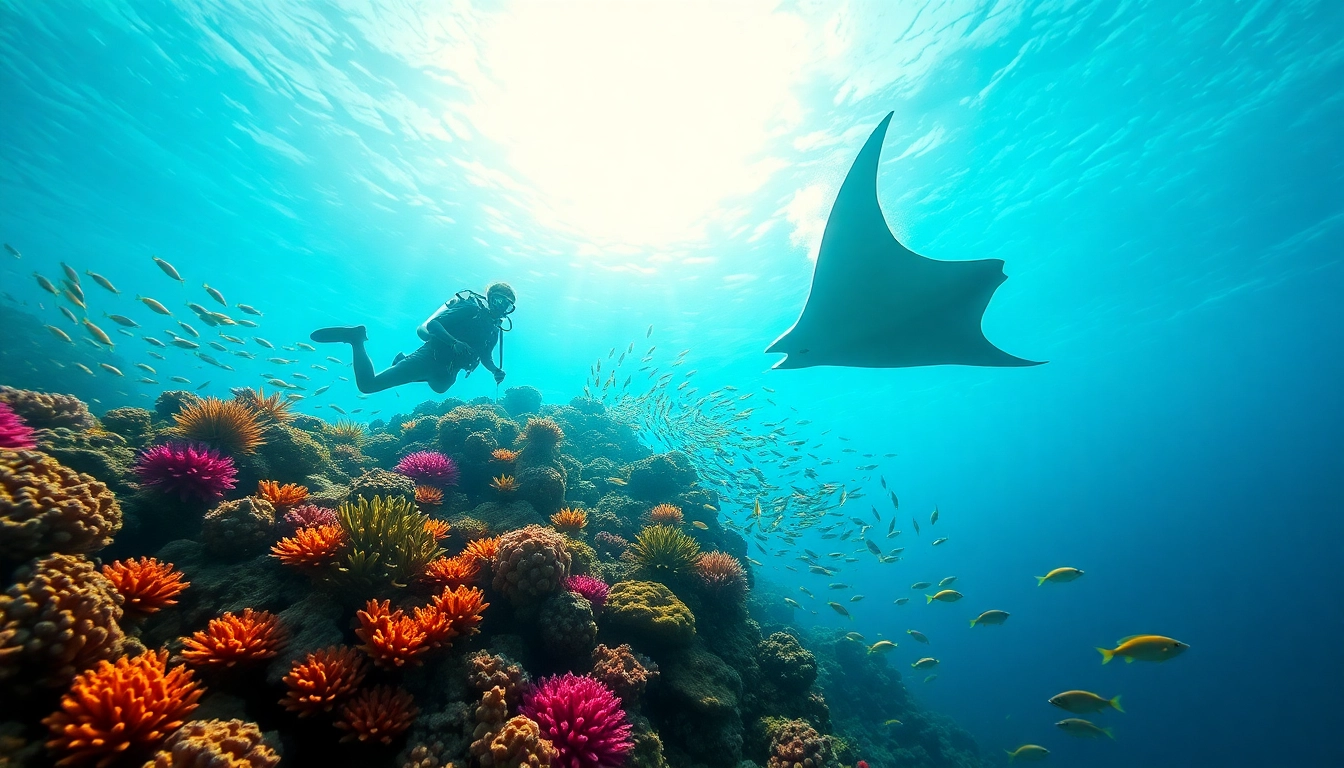
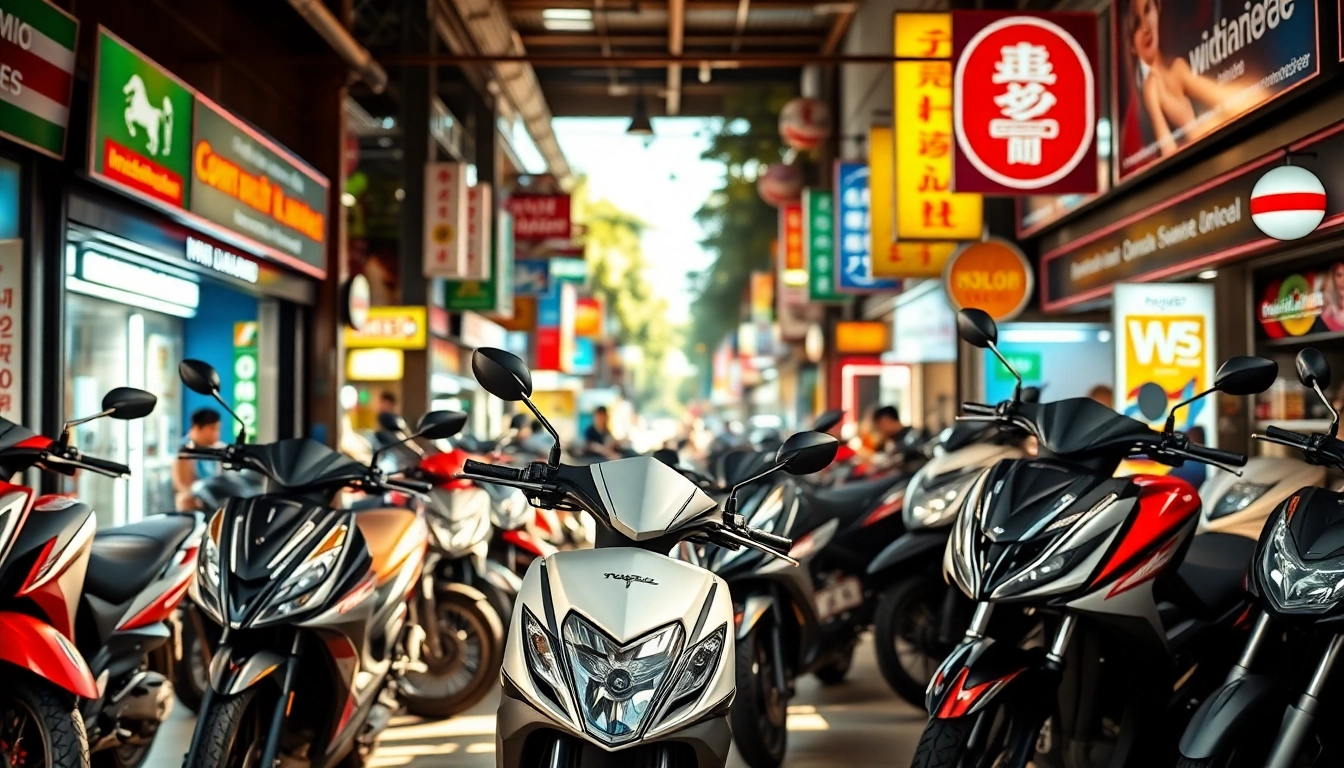
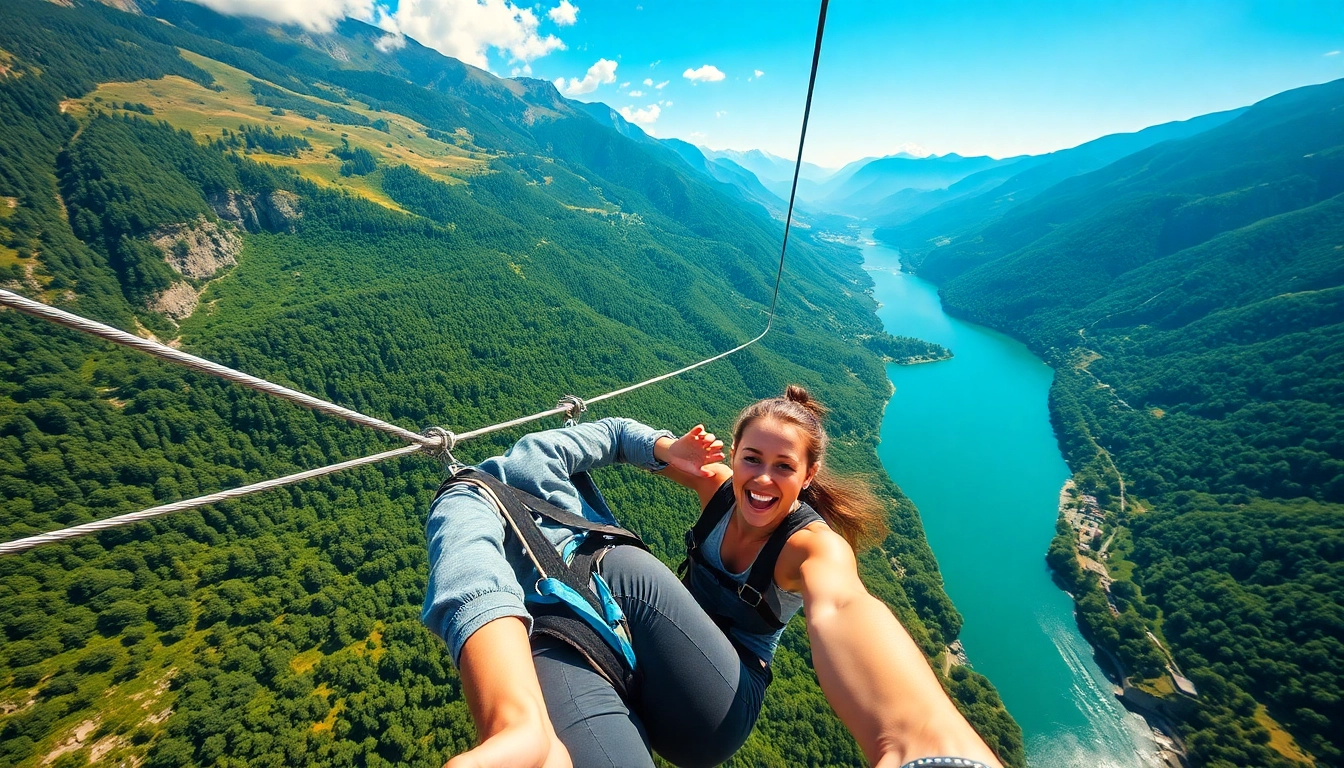




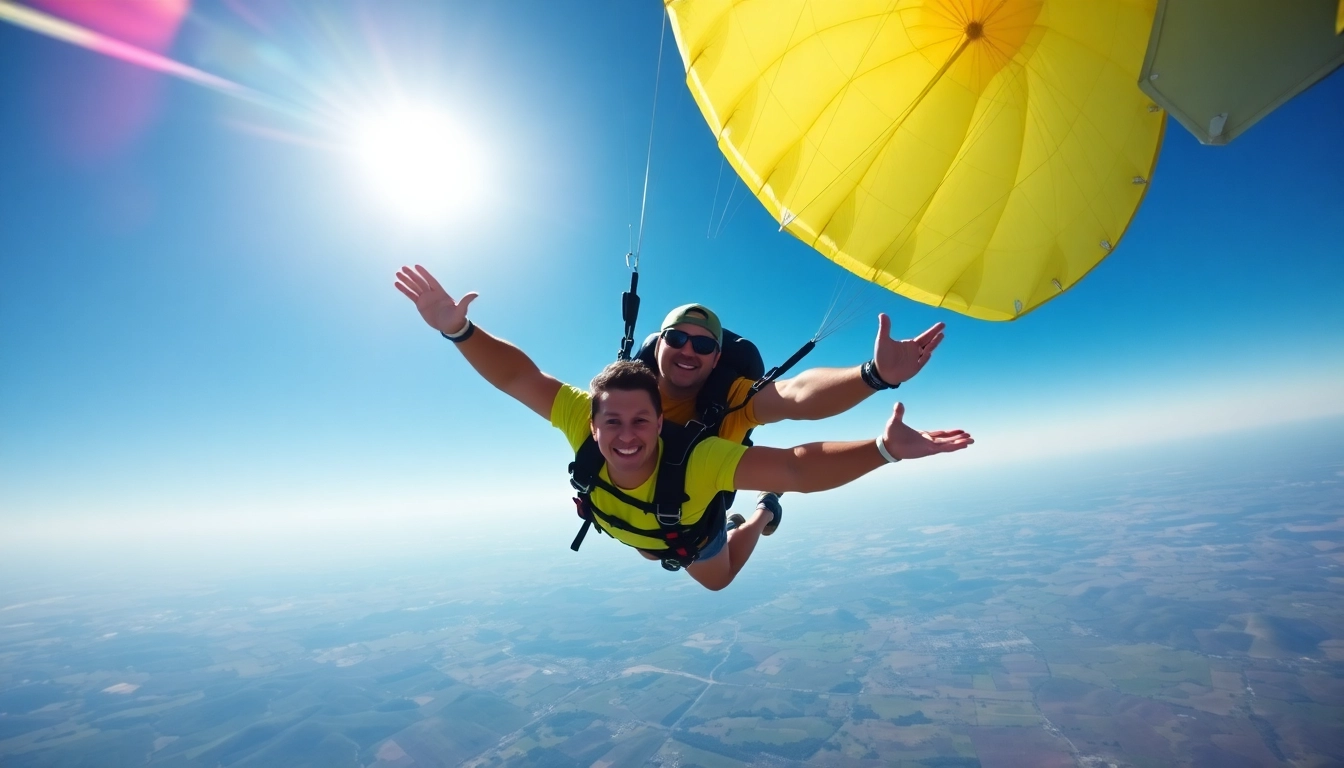

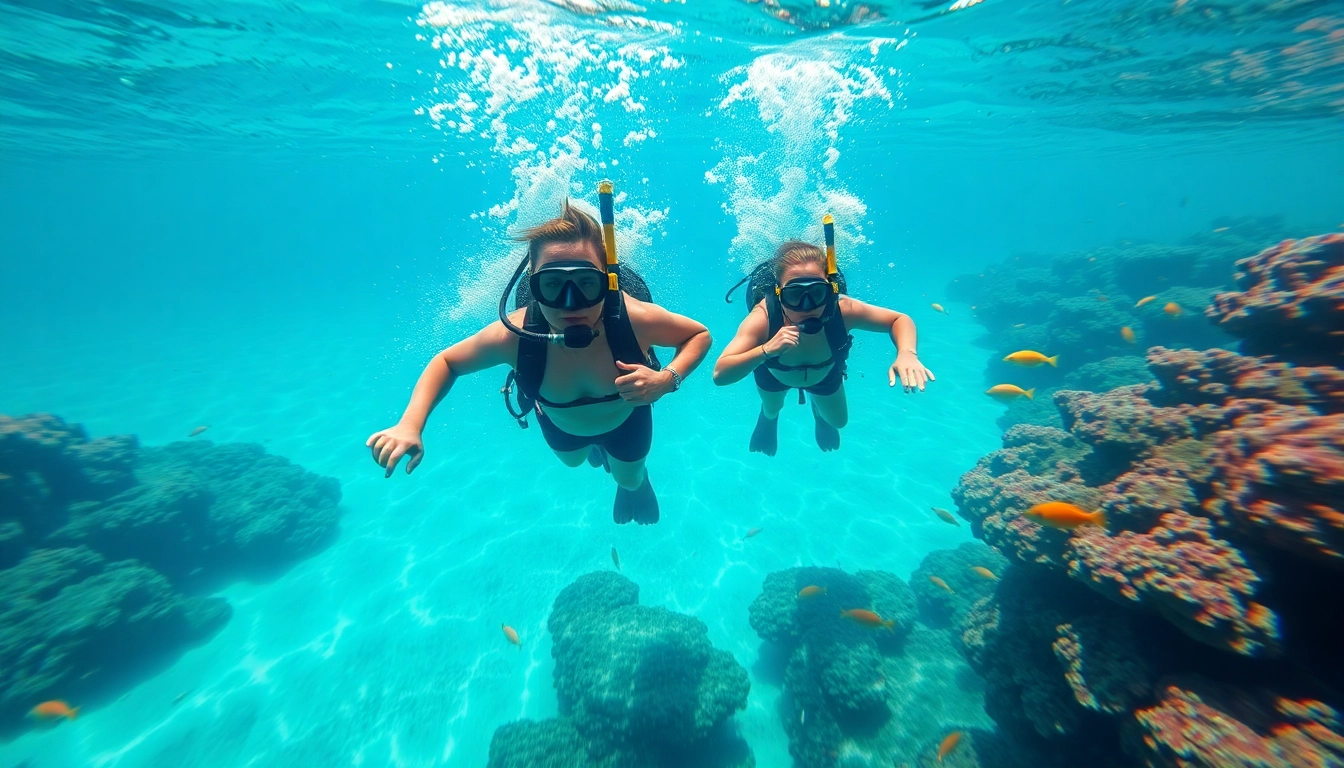

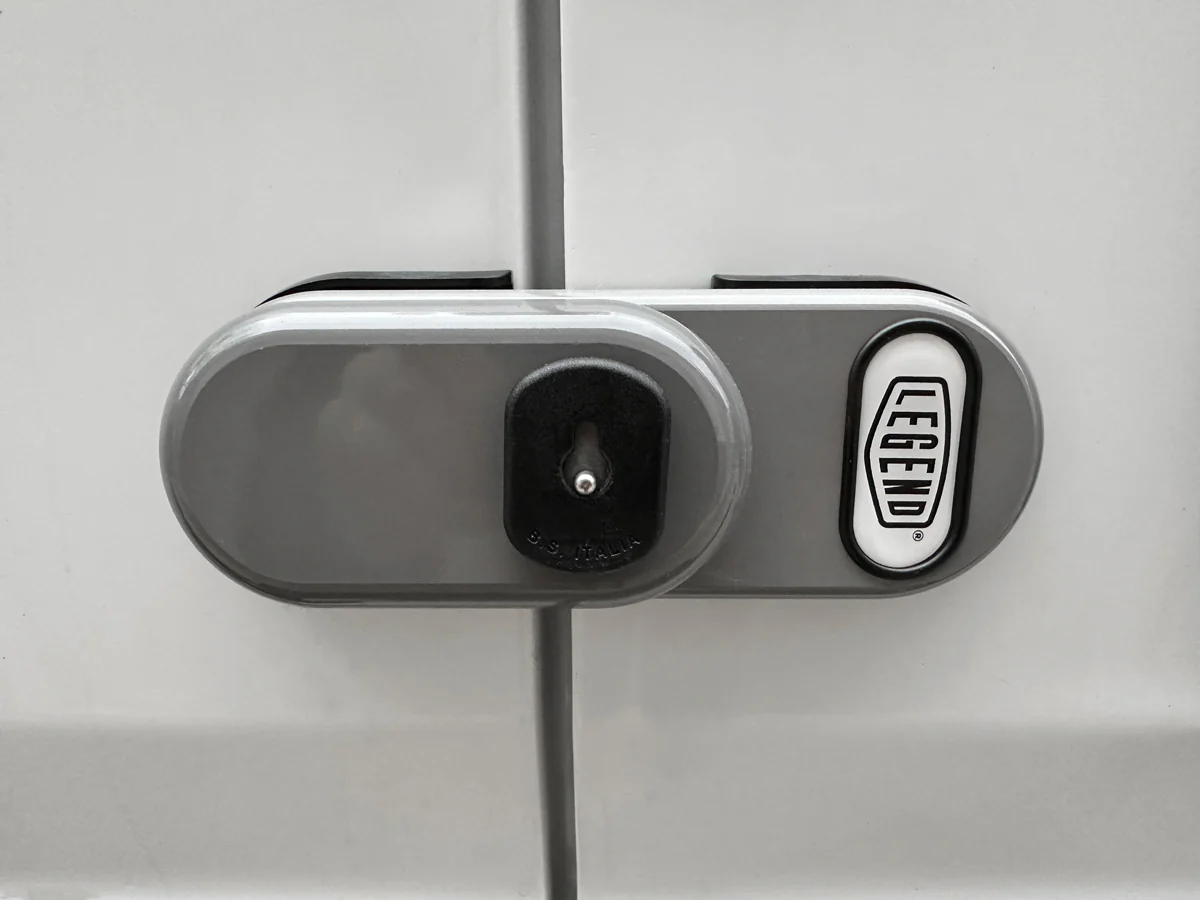


Leave a Reply